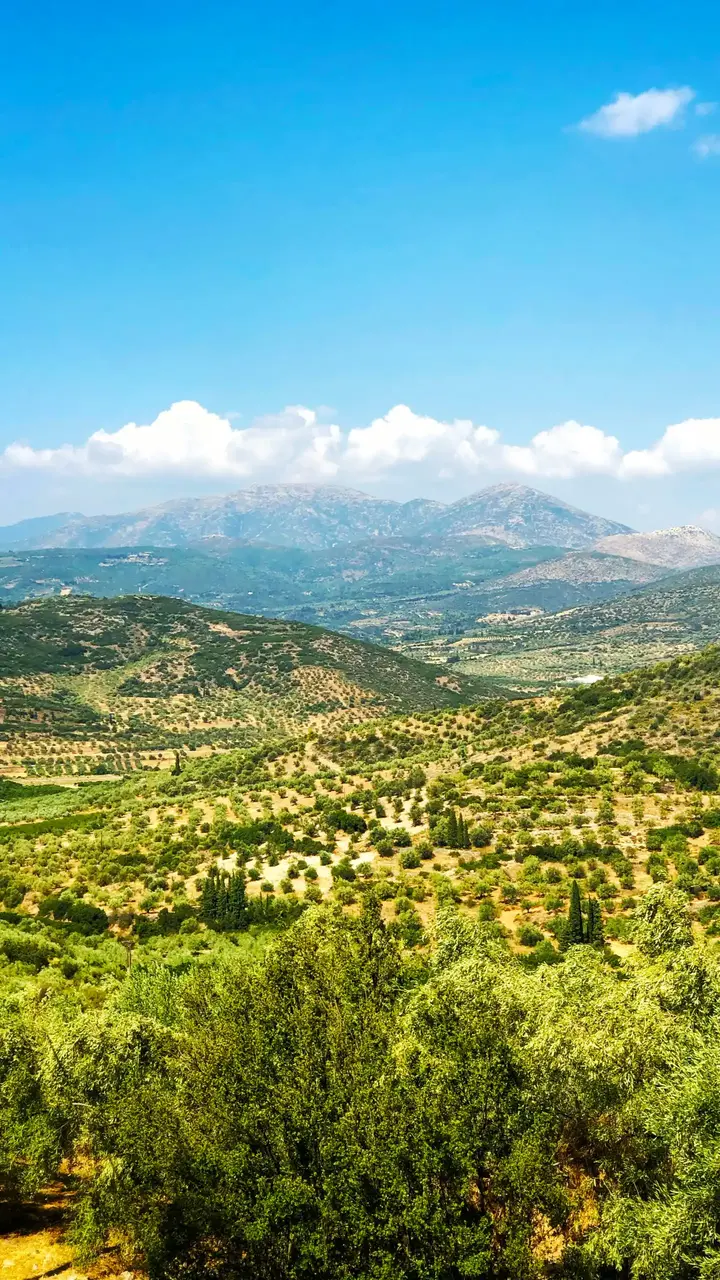المسجد العتيق الذي بُني في القرن الثالث عشر.
تُعرف شنقيط بمكتباتها التي تحفظ آلاف المخطوطات في الفقه، والفلك، والأدب، يحتفظ بها أبناء العائلات جيلاً بعد جيل. زيارة هذه المكتبات تُعد جزءاً أساسياً من السياحة الثقافية في موريتانيا، حيث يلتقي الزائر بأحفاد أسر حافظت على تراث علمي نادر.
أُسّست وادان في القرن الثاني عشر، وتحوّلت إلى مركز علمي وتجاري خلال الدولة المرابطية. ما تزال آثار المدينة القديمة قائمة، تبدو في البيوت الحجرية والحصون الدفاعية، وتروي عن عصر ازدهار فكري في موريتانيا القديمة. وكما في شنقيط، تضم وادان مكتبات علمية تحتوي على مخطوطات في علوم الدين والمنطق واللغة.
رغم قربهما من حيث الموقع والطابع الصحراوي، فإن لكل من شنقيط ووادان طابعها المعماري والثقافي الخاص. تقام في شنقيط مهرجانات ثقافية كل عامين، تشمل عروضاً فنية، وندوات فكرية، وسوقاً للحرف اليدوية، بينما تنظم وادان جولات سياحية لمن يهتم بالتاريخ والأنثروبولوجيا.
تبدأ الرحلة إلى المدينتين من نواكشوط إلى أطار، ثم بسيارات رباعية الدفع إلى شنقيط، ومنها إلى وادان عبر طريق صحراوي يحتاج إلى مرشد محلي. الأفضل زيارة المنطقة بين نوفمبر ومارس لتجنب الحرارة.
لمن يهتم بالسفر الثقافي، تقدم شنقيط ووادان تجربة أصيلة بعيداً عن الوجهات التقليدية. يكتشف الزائر آثار القوافل، أبواب المنازل المنقوشة، ويسمع حكايات تاريخية من السكان. يُفضّل الحجز المسبق واحترام العادات المحلية وشراء الحرف اليدوية.
تبقى شنقيط ووادان من أبرز معالم موريتانيا السياحية، إذ تجمعان بين العمق التاريخي، وسحر الصحراء، وروح الحضارة الإسلامية في غرب إفريقيا.


